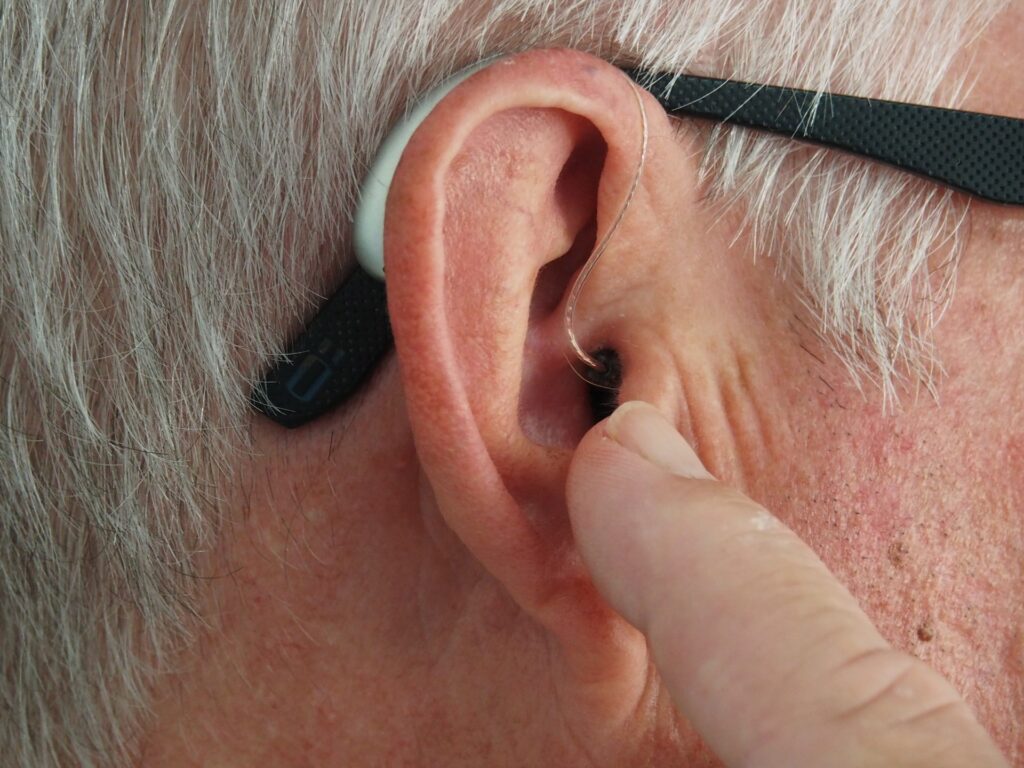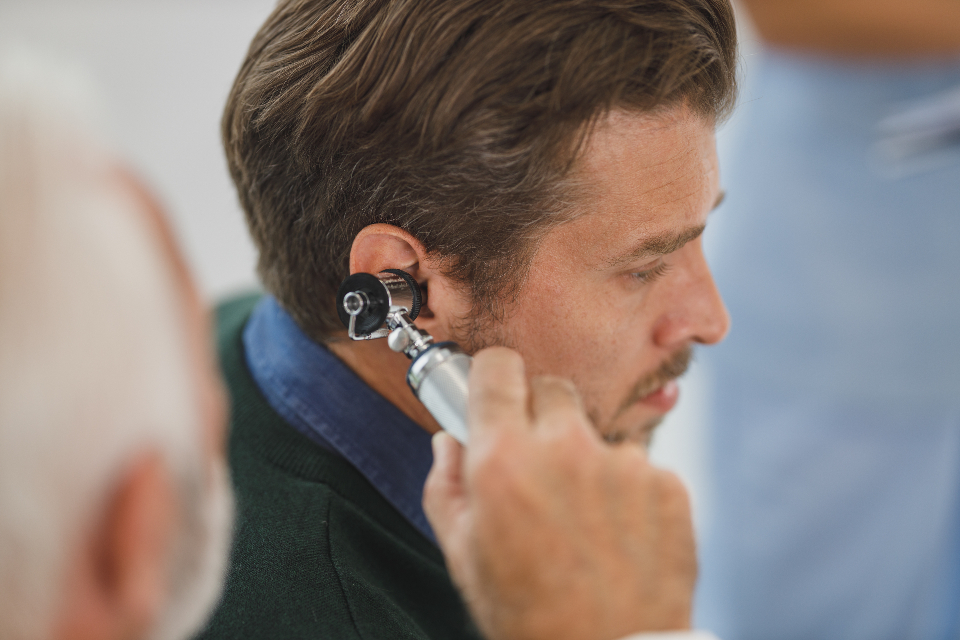Up to 15% of adults will experience tinnitus, a condition characterized by ringing in the ears. While some merely find it annoying, others experience significant hindrance to everyday activities, such as sleeping, concentrating, and communicating.
Although typically described as a ringing sound, tinnitus can manifest as various noises, including buzzing, hissing, whistling, or pulsing. The issue may be intermittent or chronic and often leads to hearing loss. Some people even find that moving their head or neck can alter their perception of the sound, a phenomenon known as somatic tinnitus.

Tinnitus becomes more common as people age and can be influenced by environmental, genetic, and medical factors. Especially predisposing are traumas to the inner ear from loud noises, such as those from music, firearms, or heavy machinery.
Despite tinnitus being a widespread condition, there are no FDA-approved treatments available. However, experts are hopeful that a deeper understanding of the neural mechanisms underlying tinnitus could aid scientists in developing effective therapies.
A recent study published in JAMA Network Open offers a promising new approach to treating tinnitus. Based on prior animal studies, the authors theorized that a precisely timed combination of auditory and sensory signals could alleviate tinnitus by reducing the activity in specific brain cells associated with the condition.
In their study, the researchers discovered that the combined treatment of sensory (an electrical stimulation) and auditory signals significantly reduced tinnitus, compared with the auditory-only treatment, which showed only slight, clinically insignificant decreases.
| This post may interest those with a higher polygenic risk score for tinnitus. |
The Study
The study involved 99 participants, who were divided into a treatment group and a control group. Both groups were provided with a take-home device that they used for 30 minutes each day. The treatment was defined as a combination of sensory and auditory signals, while the control therapy consisted solely of an auditory signal.
The study was conducted in three phases: two rounds of administration and rest, followed by a monthly follow-up reporting phase for three months. In the first administration, the treatment group received combination therapy, followed by auditory-only signals in the second administration. The control group received auditory-only signals first, followed by combination therapy. Both groups participated in the follow-up reporting phase.
The authors monitored tinnitus by surveying participants and creating scores indicating the severity of the condition and tinnitus loudness levels.
Results
Both the treatment and control groups improved after the initial phase, but it was more significant in the treatment group. A higher percentage of participants in the treatment group also experienced clinically meaningful progress.
Unexpectedly, participants reported continued improvement during the first rest phase, when the authors expected them to return to baseline tinnitus levels.
The authors found that tinnitus scores improved continuously during the second half of the study and the follow-up period for both groups. According to the study, the effects can last up to 36 weeks.

While the treatment and control groups reported symptom reductions, suggesting a possible placebo effect, the authors believe this effect was minimal, as the improvement was significantly better in the treatment group.
This study provides promising evidence that a precisely timed combination of sensory and auditory signals can effectively treat human tinnitus. Experts theorize that the mechanism involves reducing the activity of a specific brain circuit that becomes overactive during a tinnitus episode. The therapeutic effects appear long-lasting, offering a valuable benefit for tinnitus patients.
Citation
Jones GR, Martel DT, Riffle TL, Errickson J, Souter JR, Basura GJ, Stucken E, Schvartz-Leyzac KC, Shore SE. Reversing Synchronized Brain Circuits Using Targeted Auditory-Somatosensory Stimulation to Treat Phantom Percepts: A Randomized Clinical Trial. JAMA Netw Open. 2023 Jun 1;6(6):e2315914. doi: 10.1001/jamanetworkopen.2023.15914. PMID: 37266943; PMCID: PMC10238951.
